Your personal Tumblr journey starts here
Astroanut - Blog Posts
First All-Woman Spacewalk
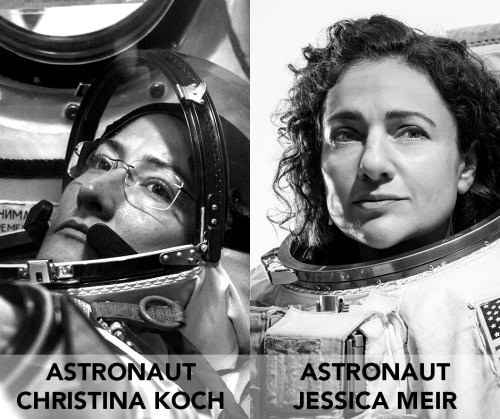
NASA astronauts and best friends, Christina Koch and Jessica Meir, made history Friday, October 18, 2019, by conducting the first all-woman spacewalk outside the International Space Station (ISS)! The Expedition 61 flight engineers ventured into the vacuum of space at 7:38 a.m. EDT to swap out a failed power controller that regulates the batteries used to collect and distribute power to the orbital laboratory – a task that took a total of seven hours and 17 minutes to complete.
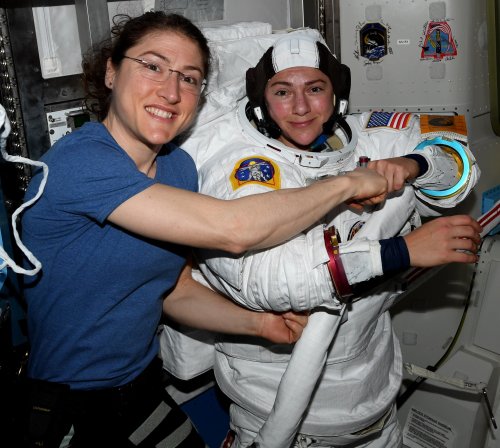
This was Koch’s fourth spacewalk and Meir’s first. Both women, selected as astronaut candidates in 2013, are on their first trip to work and live aboard the space station. Meir will be the 15th woman to spacewalk, and the 14th U.S. woman.
Get to know the astronauts
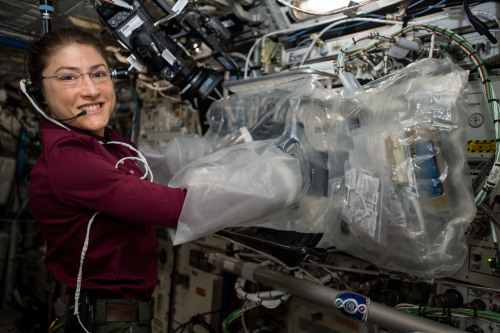
In addition to being an astronaut, Christina Koch is an engineer and physicist. Her career has taken her to extreme parts of the planet to conduct scientific field missions in places like the Antarctic South Pole and Greenland’s Summit Station. Prior to being selected as an astronaut candidate in 2013, she worked as an Electrical Engineer at our Goddard Space Flight Center’s Laboratory for High Energy Astrophysics.
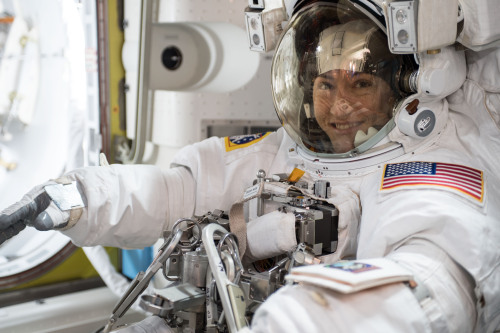
Koch left Earth on March 14, 2019, and is slated to set a record for the longest single spaceflight by a woman with an expected total of 328 days in space. Her extended mission will provide researchers the opportunity to observe the effects of long-duration spaceflight on a female body in preparation for human missions to the Moon and Mars.
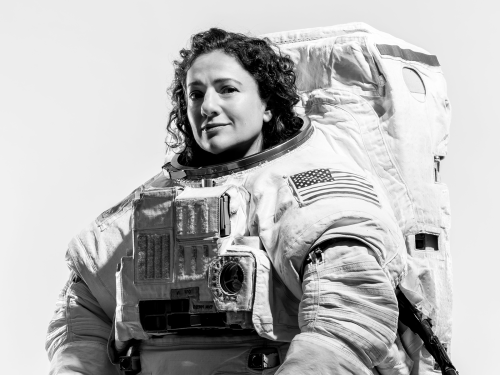
Jessica Meir dreamed of the day she would make it to space since the age of five. That dream became a reality on Wednesday, Sept. 25, 2019 as she left Earth on her first spaceflight – later floating into her new home aboard the International Space Station.
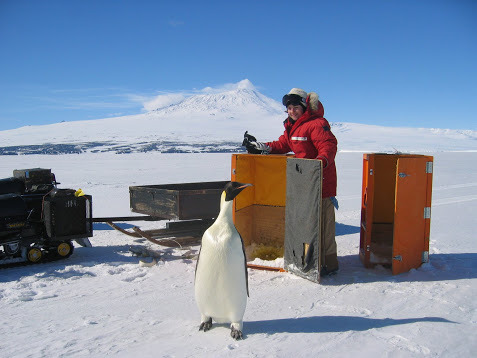
While Meir’s new home is more than 200 miles over the Earth, she is no stranger to extreme environments. She studied penguins in Antarctica and mapped caves in Italy – both of which prepared her for the ultimate extreme environment: space.
#AllWomanSpacewalk, what’s the deal?
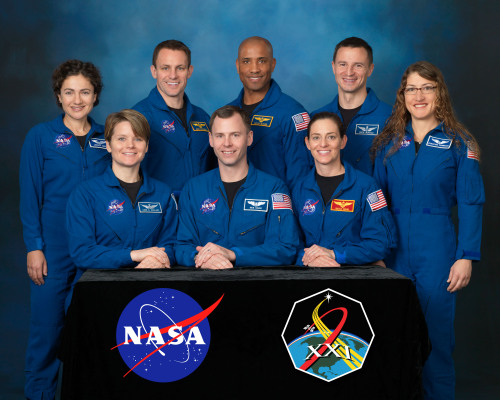
The all-woman spacewalk wasn’t something we purposefully planned; it is a testament to the increasing number of female astronauts in the space program. For example, Koch’s and Meir’s 2013 class of astronaut candidates was 50 percent women!
When asked in an interview about the importance of conducting her mission and this spacewalk, Koch said,
“In the end, I do think it’s important, and I think it’s important because of the historical nature of what we’re doing. In the past women haven’t always been at the table. It’s wonderful to be contributing to the space program at a time when all contributions are being accepted, when everyone has a role. That can lead in turn to increased chance for success. There are a lot of people who derive motivation from inspiring stories of people who look like them, and I think it’s an important story to tell.”
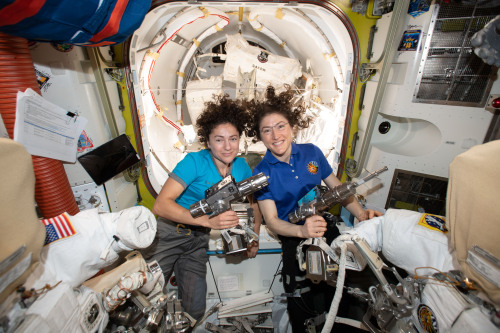
It’s important to note that spacewalks are not easy; astronauts typically describe them as the most physically challenging thing they do. Assignments are made on the basis of which astronauts are the best prepared to accomplish the tasks at hand under the conditions at the time. Today, Koch and Meir were the top astronauts for the job.
Women are no stranger to spacewalks!

While this was the first spacewalk to be conducted entirely by women, women are no strangers to spacewalks. Exactly 35 years and one week ago, Kathryn Sullivan (pictured above) made her own historic debut as the first U.S. woman to conduct a spacewalk. Since then, a total of 14 women (15 including Jessica) have ventured into the vacuum of space on 40 different spacewalks. Former Astronaut Peggy Whitson performed a record number of 10! From Astronauts to mission directors, women have been making their mark at the agency for decades now. A few of our recent pioneers are:
Astronaut Kate Rubins: First person to sequence DNA in space
Astronaut Peggy Whitson: First woman to command the ISS
Sandra Cauffman: Director of our Earth Science’s Division
Nicola Fox: Director of our Heliophysics Division
Lori Glaze: Director of our Planetary Science Division
Coming soon: The first woman to walk on the Moon
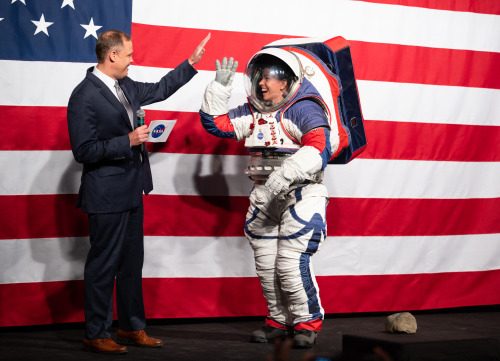
The first all-woman spacewalk is a milestone worth noting and celebrating as we look forward to putting the first woman and the next man on the Moon by 2024 with our Artemis lunar exploration program. With today’s historic event, we once again set a precedence for women to lead in space exploration.
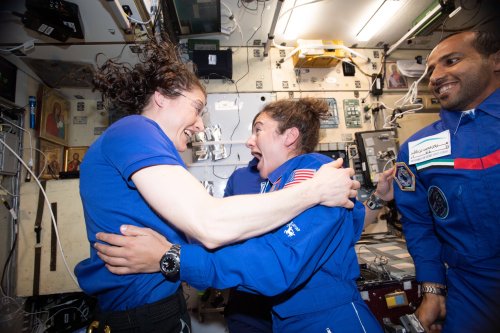
We hope achievements such as this provide inspiration to you all around the world, proving that hard work can lead you to great heights. This is not just a historic day for NASA, but a moment we can all feel proud of.
Didn’t have time to tune in? Check out the replay, here. Koch was wearing the spacesuit with red stripes, while Meir’s had no stripes.
If you’d like to keep up with Christian Koch and Jessica Meir’s work 254 miles above planet Earth, follow them on Twitter at @Astro_ Christina and @Astro_Jessica.
Be sure to follow us on Tumblr for your regular dose of space: http://nasa.tumblr.com
Exploration in Extreme Environments: Under Water and in Outer Space
Living in the depths of the sea…to prepare for travel in deep space.
Sounds strange, but that’s what our NEEMO expedition aims to do.

This 10-day NASA Extreme Environment Mission Operations (NEEMO) 22 expedition is slated to begin on June 18. NEEMO 22 will focus on both exploration spacewalks (or in this case waterwalks?) and objectives related to the International Space Station and deep space missions.
Analog (noun): is a situation on Earth that produces effects on the body similar to those experienced in space, both physical and mental/emotional. These studies help us prepare for long duration missions.

As an analog for future planetary science concepts and strategies, marine science also will be performed under the guidance of Florida International University’s marine science department.

NASA astronaut Kjell Lindgren will command the NEEMO 22 mission aboard the Aquarius laboratory, 62 feet below the ocean surface near Key Largo Florida. Lindgren was part of the space station Expeditions 44 and 45 in 2015, where he spent 141 days living and working in the extreme environment of space. He also conducted two spacewalks.
Fun Fact: These underwater explorers are referred to as “aquanauts”

Lindgren will be joined by ESA (European Space Agency) astronaut Pedro Duque, Trevor Graff, a Jacobs Engineering employee working as a planetary scientist at our Johnson Space Center; and research scientists Dom D’Agostino from the University of South Florida and the Florida Institute of Human and Machine Cognition.
While living underwater for 10 days, the crew will:
Test spaceflight countermeasure equipment
Validate technology for precisely tracking equipment in a habitat
Complete studies of body composition and sleep
Assess hardware sponsored by ESA that will help crew members evacuate someone who has been injured on a lunar spacewalk

Why do we use Analog Missions?
Analog missions prepare us for near-future exploration to asteroids, Mars and the moon. Analogs play a significant role in problem solving for spaceflight research.
Not all experiments can be done in space – there is not enough time, money, equipment and manpower
Countermeasures can be tested in analogs before trying them in space. Those that do not work in analogs will not be flown in space
Ground-based analog studies are completed more quickly and less expensively
For more information about the NEEMO mission, visit: https://www.nasa.gov/mission_pages/NEEMO/index.html
Make sure to follow us on Tumblr for your regular dose of space: http://nasa.tumblr.com